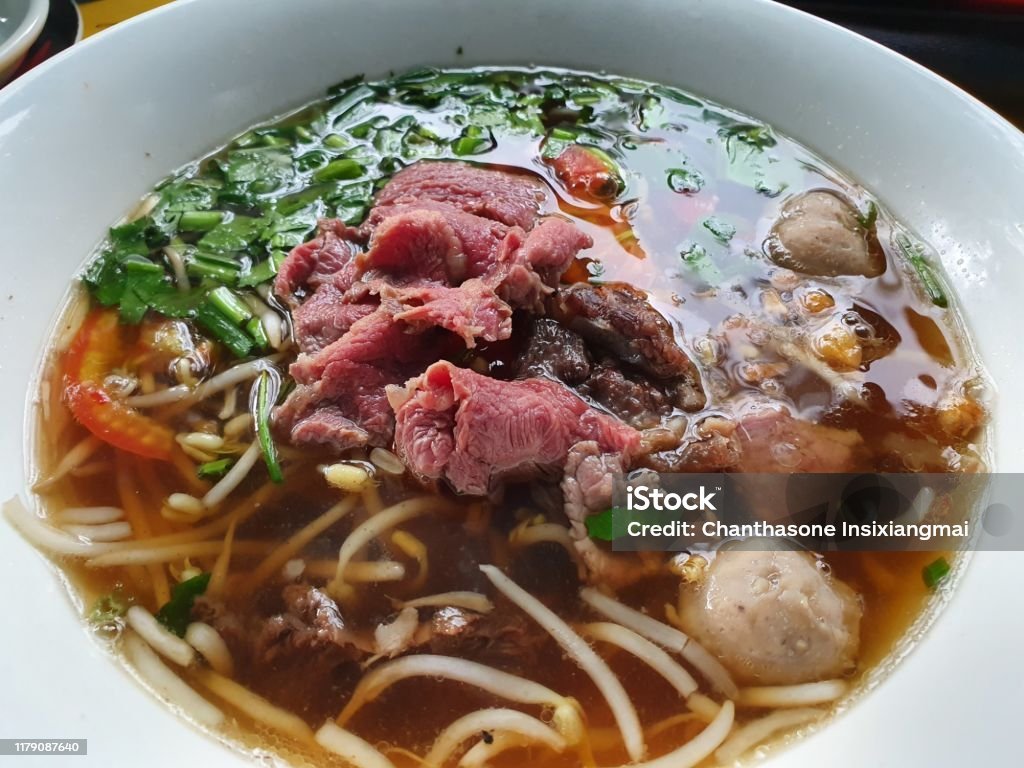
The construction of the Văn Miếu (Temple of Literature) dates back to the reign of King Lý Thánh Tông in 1070. According to the Đại Việt Sử Ký Toàn Thư, a historical chronicle, it was originally established to honor Confucius, the sage Zhou Gong, and the Four Correlates, along with the Seventy-Two Sages of Confucianism. The temple became a center for rituals and ceremonies devoted to these figures, while also serving as a place of study for the Crown Prince.
Six years later, in 1076, King Lý Nhân Tông founded the Quốc Tử Giám (Imperial Academy) as an educational institution for the sons of the elite. Over time, the academy evolved, and during the Trần Dynasty (1225–1400), it began admitting talented individuals from commoner backgrounds.

One of the most revered figures associated with Quốc Tử Giám is Chu Văn An, a distinguished scholar and educator. Appointed Headmaster during the reign of King Trần Minh Tông, he was instrumental in setting high academic standards. After his death in 1370, Chu Văn An was honored at the Văn Miếu alongside Confucius.
During the Later Lê Dynasty (1428–1789), Confucianism reached its zenith in Vietnam. In 1484, King Lê Thánh Tông ordered the erection of steles to commemorate those who passed the imperial examinations, turning the site into a sanctuary of academic achievement. These steles, inscribed with the names and hometowns of successful candidates, reflect the importance of education in building a prosperous and stable society.
Under the Nguyễn Dynasty (1802–1945), the Văn Miếu – Quốc Tử Giám underwent several changes. The Quốc Tử Giám was moved to Huế, and the original site was repurposed. Structures like the Khuê Văn Các and Khải Thánh Shrine were added, enhancing its architectural appeal. Unfortunately, parts of the complex were destroyed during the First Indochina War, but restoration efforts have preserved its legacy.
Architectural Masterpiece
The Văn Miếu – Quốc Tử Giám spans over 54,000 square meters and is divided into five distinct areas, each with its own significance.
- The First Area
Entering through the main gate, visitors are greeted by four grand pillars, accompanied by “Hạ Mã” steles that remind riders to dismount before entering this sacred space. The pathway leads to the Đại Trung Gate, flanked by two smaller gates, Thành Đức and Đạt Tài, symbolizing virtue and talent. - The Second Area
This section is dominated by the Khuê Văn Các, a two-story pavilion built in 1805. Its unique architecture, featuring a square base and circular windows, symbolizes the harmony of heaven and earth. Often regarded as a cultural emblem of Hanoi, the Khuê Văn Các is a favorite spot for visitors to admire and photograph. - The Third Area
Perhaps the most famous part of the complex, the third area houses 82 doctor steles arranged along the Thiên Quang Well. These steles commemorate scholars who passed the rigorous imperial examinations between 1442 and 1779. Each stone tablet rests on the back of a stone tortoise, symbolizing longevity and wisdom. The inscriptions, composed by eminent scholars, not only honor the individuals but also reflect the values of perseverance and intellectual excellence. - The Fourth Area
This area includes the Đại Bái Courtyard and the Đại Thành Hall, where ceremonies were held to pay homage to Confucius and other revered figures. Flanking the courtyard are two halls, Tả Vu and Hữu Vu, dedicated to 72 disciples of Confucius and Chu Văn An. - The Fifth Area
Once home to the Quốc Tử Giám, this area was later repurposed into the Khải Thánh Shrine to honor the parents of Confucius. Although the original structures were destroyed, restoration efforts have recreated the Thái Học House, where cultural and educational activities are now held.

The Doctor Steles: A Cultural Treasure
The doctor steles of Văn Miếu – Quốc Tử Giám are considered a UNESCO Memory of the World. These 82 steles are not only historical artifacts but also masterpieces of calligraphy and literature. The inscriptions, written in classical Chinese, provide insights into the dynasties’ philosophies on education and the importance of nurturing talent.
One famous inscription declares:
“Talented people are the essence of the nation. A nation prospers when it values talent and declines when it neglects it.”
The steles highlight the dedication of Vietnam’s rulers to education as a means of strengthening the nation, a principle that remains relevant today.

Legacy and Modern Significance
Today, the Văn Miếu – Quốc Tử Giám stands as a vibrant symbol of Vietnamese culture and a hub for cultural and academic activities. It has become a popular destination for both domestic and international tourists, offering a glimpse into Vietnam’s rich history and traditions.
The site also plays an important role in modern education. Students often visit to seek blessings for academic success, especially before major exams. Its dynamic events, including calligraphy exhibitions and cultural festivals, continue to inspire the younger generation to appreciate their heritage.
In recognition of its cultural and historical significance, Văn Miếu – Quốc Tử Giám is often referred to as the “soul of Hanoi.” It represents not only a legacy of Confucian values but also the enduring Vietnamese spirit of learning and self-improvement.
Through its preservation and promotion, Văn Miếu – Quốc Tử Giám remains a beacon of Vietnam’s cultural identity, bridging the past with the present and inspiring future generations.








